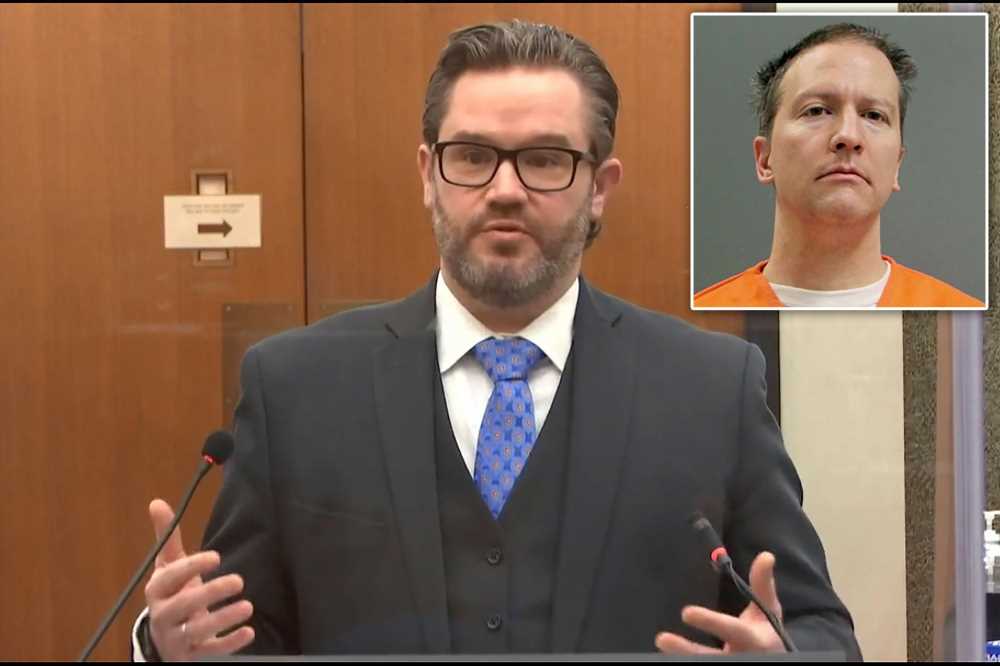More On:
Coronavirus
Desperate for oxygen, Indian hospitals go to court
Biden starts ‘use it or lose it’ policy for states as he aims for 70% vaxxed by July 4
Dive in: Lifeguards in high demand as COVID restrictions loosen up
New data shows massive slowdown in NYC COVID-19 vaccinations
As the COVID pandemic wanes, Americans are being fed a distorted perception of the risks by the media and some experts. They continue to fuel fear by repeating speculation that variants will evade vaccines. Don’t buy it.
Look at the facts: About 57 percent of adults are vaccinated and approximately half of unvaccinated people have natural immunity from prior infection. That’s why US cases have been plummeting, down 31 percent over the past 18 days.
To put things in context, during the mildest flu season in the last eight years, there were 24 million cases, according to the Centers for Disease Control, and approximately 447,000 daily cases during its peak week. By comparison, we’re averaging 49,641 daily COVID cases. That same mild flu season resulted in 280,000 hospitalizations. By comparison, current COVID hospitalizations as of May 1 are 34,905.
Let me be clear: COVID is not the flu, and we should not downplay the risk among susceptible people. But for the millions of Americans who are immune and live where the cases are low, the public-health threat is now defanged and below seasonal-flu levels. Given the harm of social isolation, we need to abandon the goal of absolute risk elimination at all cost.
The case-fatality risk of COVID is also plummeting. That’s because a remarkable 83 percent of US seniors are now vaccinated and the virus has moved to younger, healthier people. For Americans under age 55, the case-fatality rate last month was approximately 6.5 per 10,000. Since we are now capturing as many as 1 in 4.5 infections with testing, the real-world case-fatality rate is 1 to 1.4 per 10,000, similar to influenza (1.3 per 10,000 in people under 50). With far fewer susceptible people and a younger cohort, we’re dealing with a different risk level than even just a few months ago.
Despite this good news, Americans are being told variants and hesitancy will prevent “herd immunity.” Yet noticeably absent from their calculations is the contribution of natural immunity from prior infection or exposure. Dr. Anthony Fauci and Dr. Rochelle Walensky simply don’t talk about the percent of Americans they estimate have natural immunity. That omission creates a perception that the race to 70 to 85 percent immunity is more desperate, resulting in a prolonged timeline, talk of vaccine mandates and an imperative that young kids get the shot.
Some experts do highlight the massive contribution of natural immunity. Dr. Scott Gottlieb, former head of the Food and Drug Administration, and Dr. Monica Gandhi at the University of California are among the many who routinely point to the broad prevalence of natural immunity.
In a recent Danish study of natural immunity, only 0.6 percent of those infected ever subsequently tested positive, including asymptomatic positives. A large California study found 38 percent of the state’s population and 45 percent of Los Angeles residents had COVID-19 antibodies in February. Given the many infections since then and the immunity conferred by activated T cells even when antibodies are not detected, upward of half the population of California likely has natural immunity. And cases in California have dropped like a rock.
On a clinical level, we simply have not seen significant re-infections at any concerning rate. Any expert who talks about the path to herd immunity as a simple tally of vaccinations alone – which unfortunately is many – is ignoring data and real-world clinical experience.
In February, I projected that “based on the current trajectory” we’d see significant population immunity take hold in April from the combination of vaccinated and natural immunity. While most states are now witnessing the strong suppression of the epidemic today, other states will get there in May. But herd immunity is not a finish line. In that article, I maintained that “coronavirus will be here for decades to come.” The question is, at what point is it no longer a major public-health threat? For most states, it’s now.
Given the now low, manageable and declining COVID threat, let’s stop depriving people of their livelihoods and move toward normalcy.
Marty Makary M.D., M.P.H. is a professor at the Johns Hopkins School of Medicine and Bloomberg School of Public Health, chief medical adviser to Sesame Care and author of the upcoming book “The Price We Pay.”
Share this article:
Source: Read Full Article


